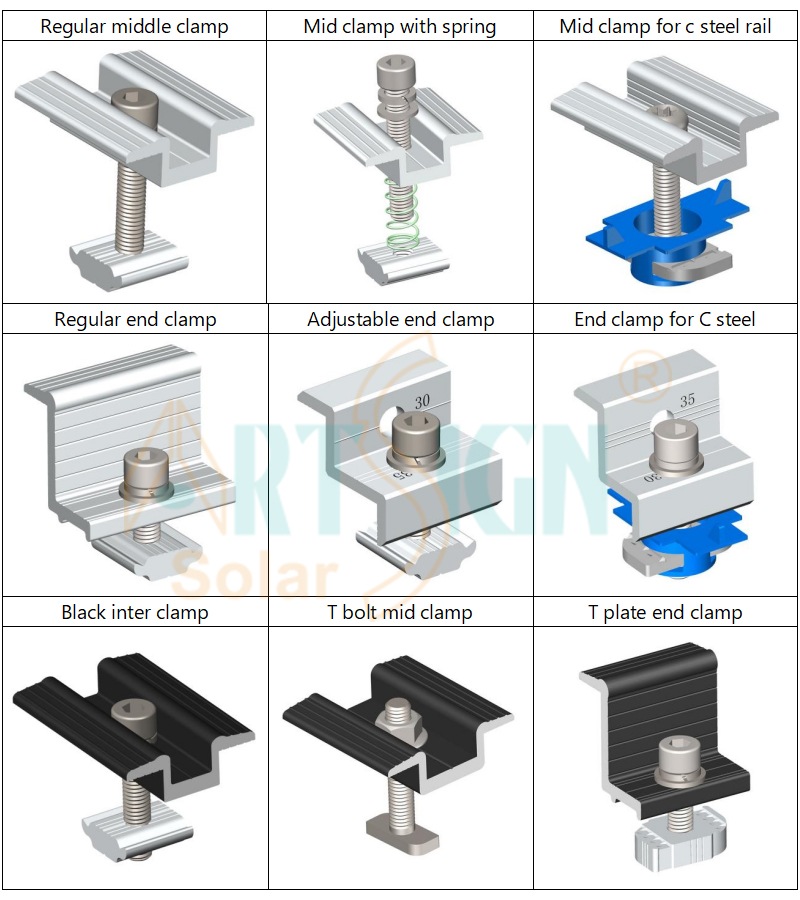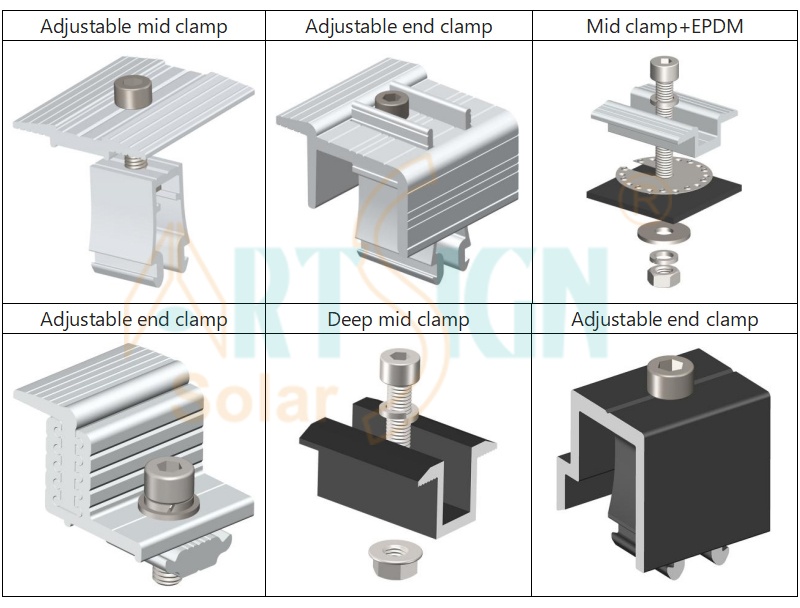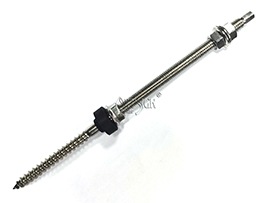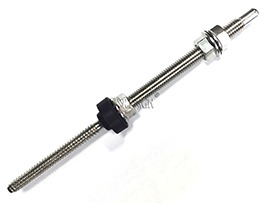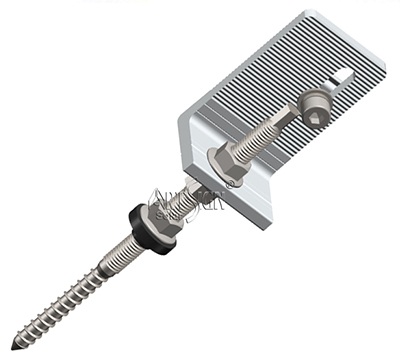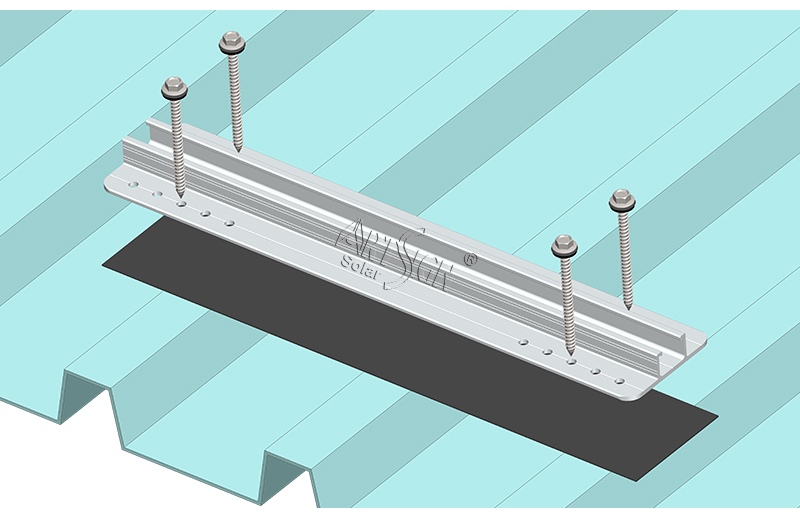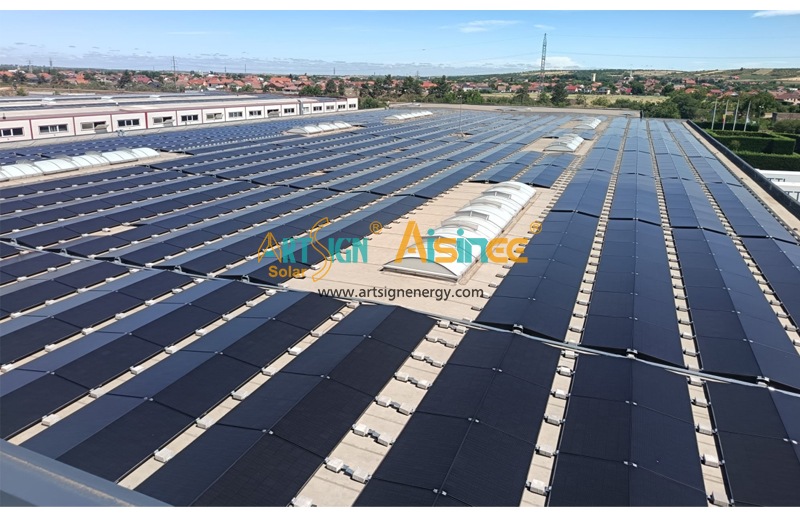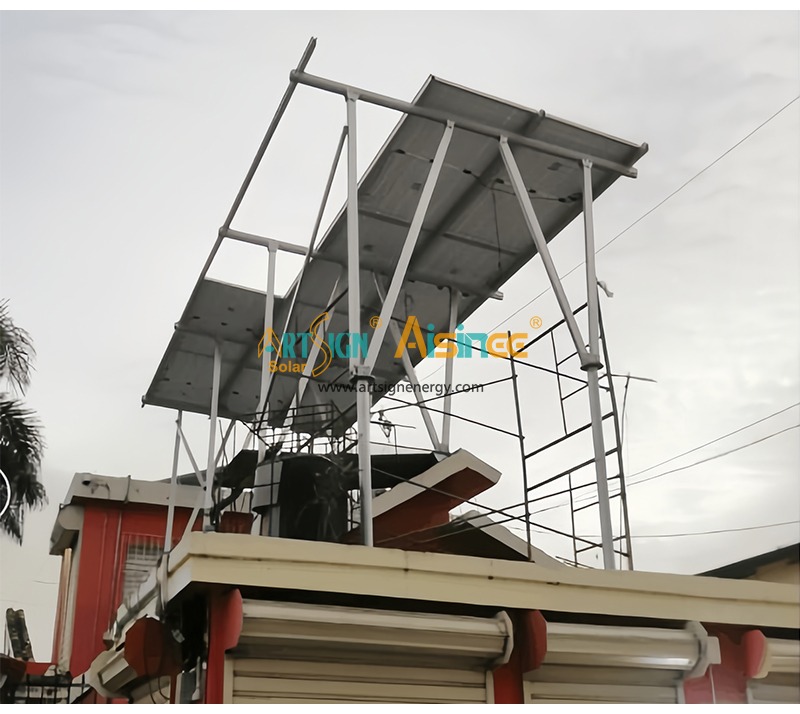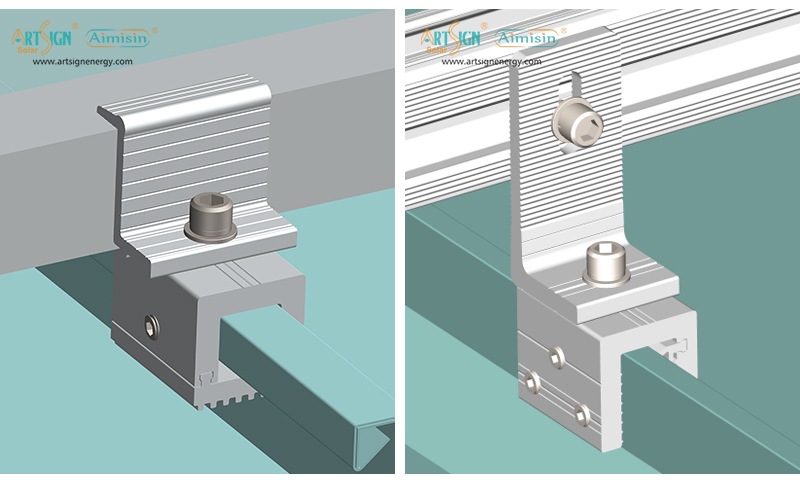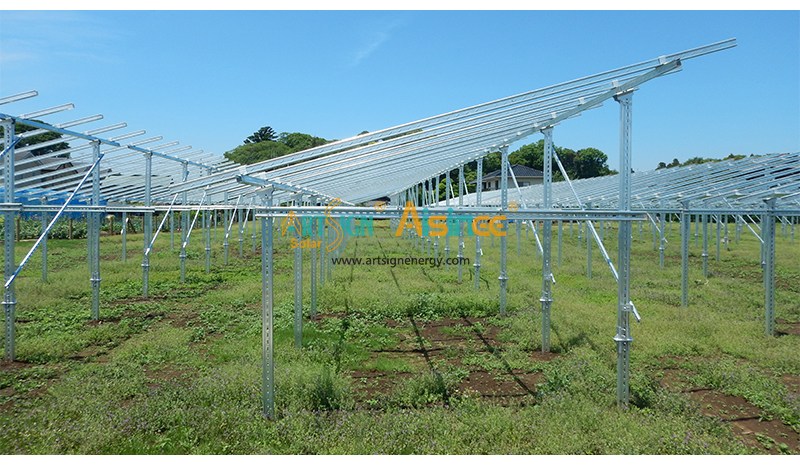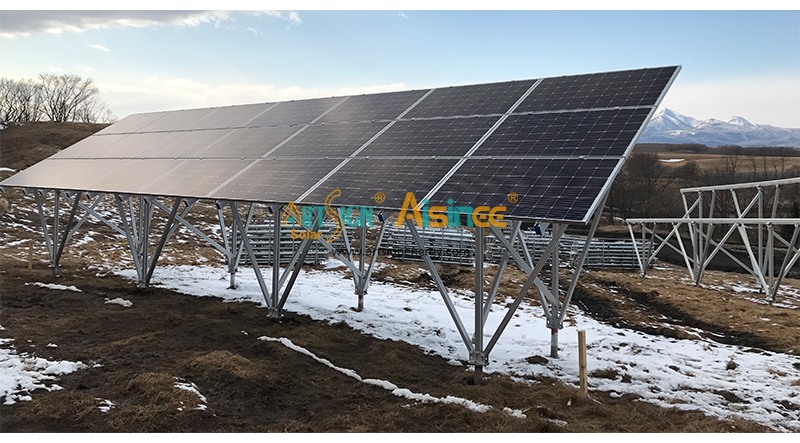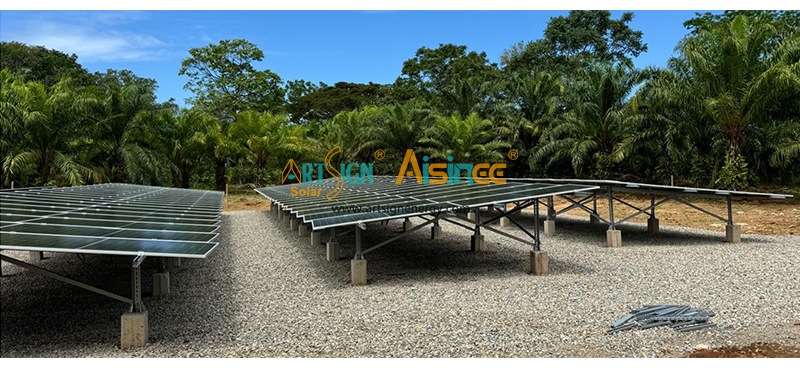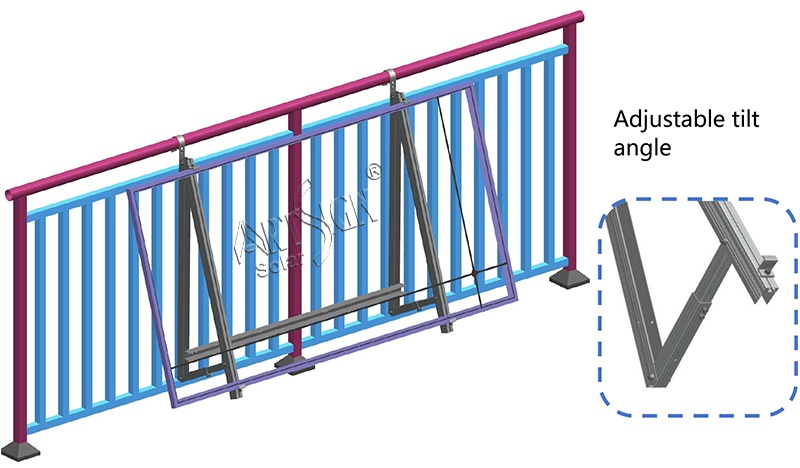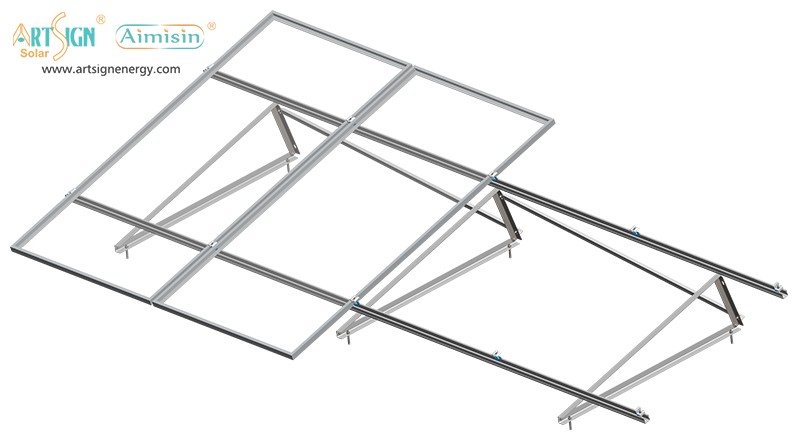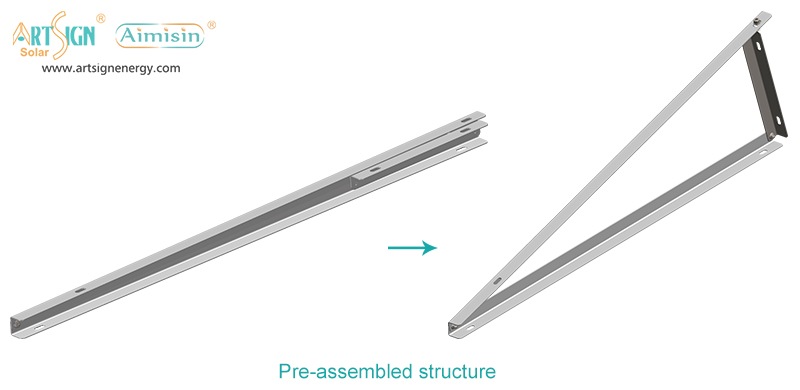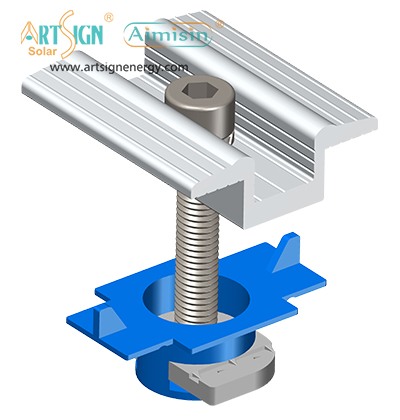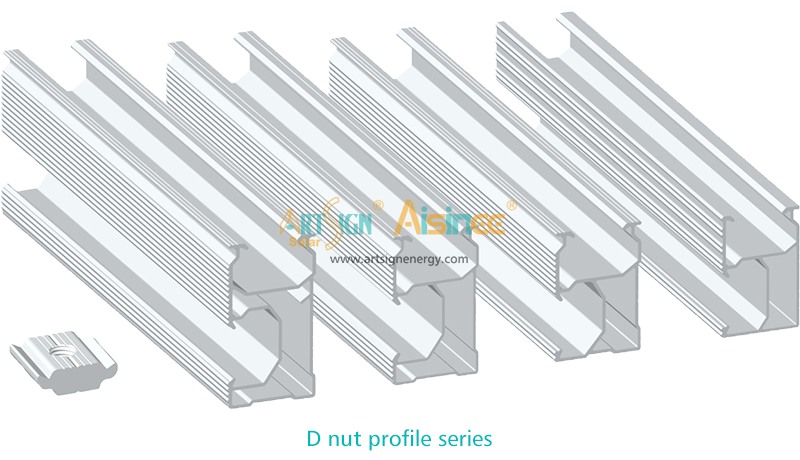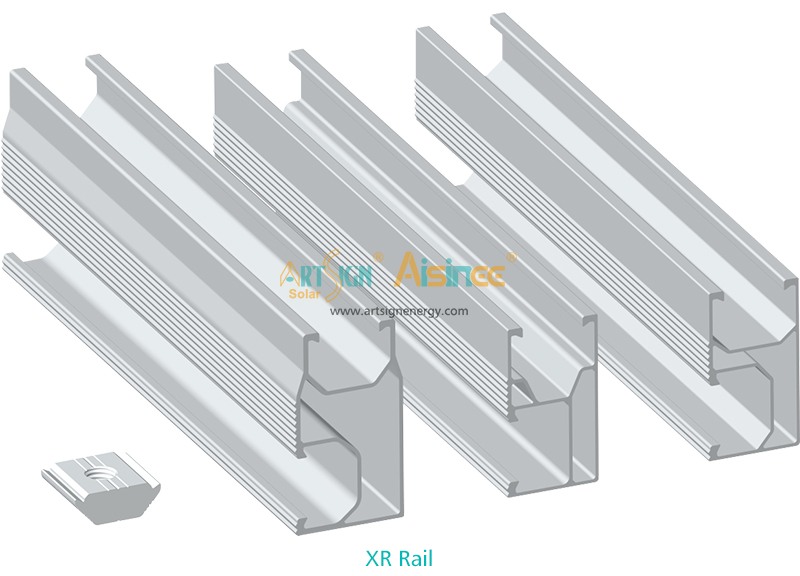Located in Xiamen, China, Art Sign Solar Energy has always been committed to innovation in the solar racking industry. Since 2006, we have specialized in designing and producing roof and ground mounting system and supplying worldwide customers, mainly in Europe, Japan, and Africa. With an experienced designer team, we offer free solar mounting system and PV mounting accessories customization drawing, project evaluation, and professional recommendations to ensure every solar installation achieves maximum efficiency and reliability.
This week, we are happy to introduce our newly launched product: the aluminum N shape roof bracket, code AS-N10-50. It is suitable for a metal rooftop, especially for a standing seam roof mount. Here is the roof size that is acceptable, from 12mm to 15mm. And the N clamp’s height is 55mm. If the size doesn’t suit your roof, we also accept customization.
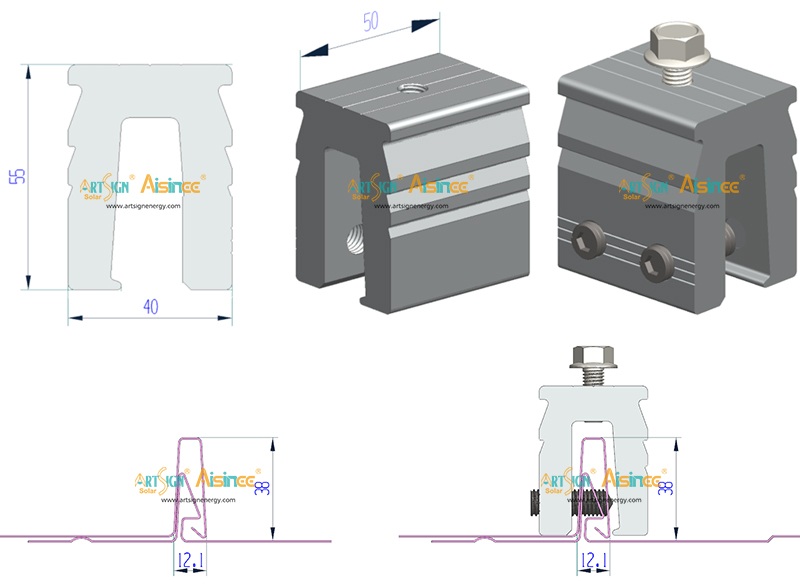
About the usage, it can be installed with other solar mount components, such as an L-shaped bracket. The clamp can be used with different types of L-shaped brackets at various heights, adapting to diverse rooftop structures. We have various heights of L-foot for choice, such as 84mm, 105mm, 125mm, and 150mm. By installing with different height of other clamps, this kind of N clip mounting system is flexible for PV roof mount.
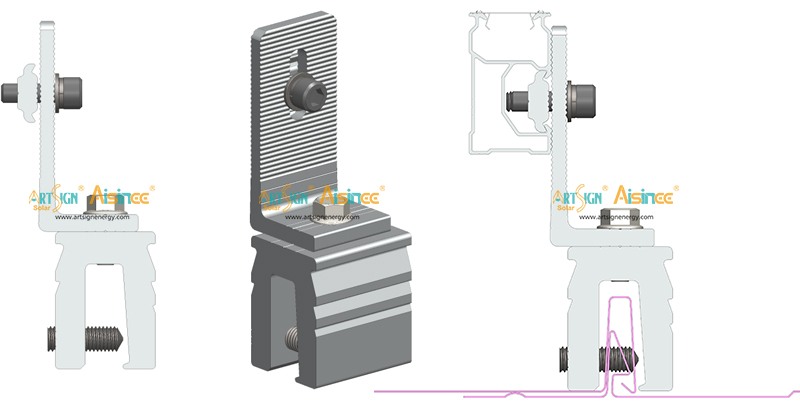
If some customers request a rail-less solar mounting system, this N clip also works for them. It can be screwed with PV modules directly, easily, and quickly by mid and end clamps. This rail-less solar racking solution has some advantages, such as compact size and easy transportation. Its lightweight and compact structure means it is not only easy to handle on-site but also convenient for storage and shipping. This helps reduce logistical costs and ensures smooth project execution.
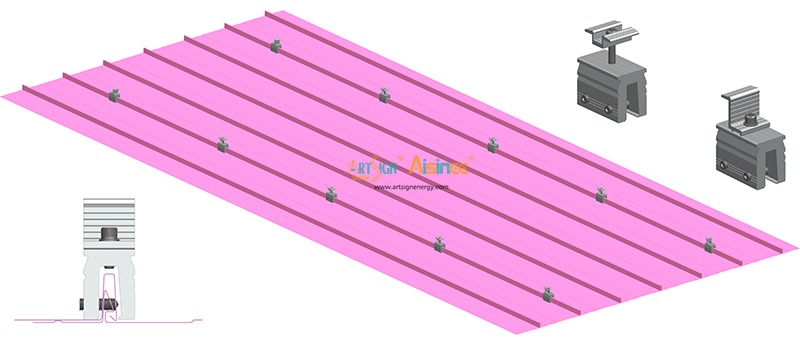
Simplicity is at the heart of the AS-N10-50 design. There is no need for complicated adjustments or additional tools. The clamp allows for quick positioning and secure fastening, helping installers complete projects more faster.
For any inquiry of solar panel mounting system, pls contact us, E-mai: sales@artsign.net.cn, Whatsapp / Wechat / Skype: +008618030235875, thanks.

